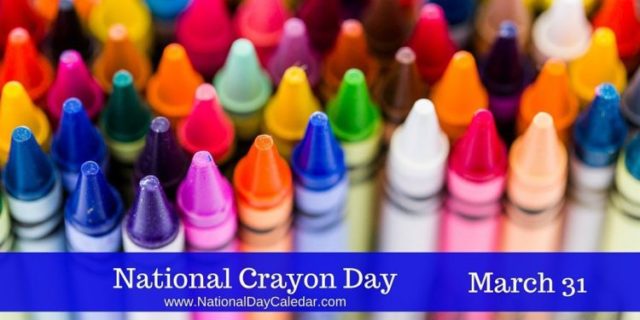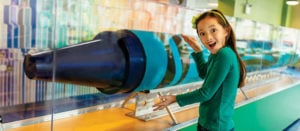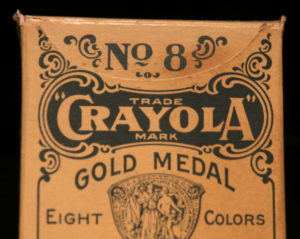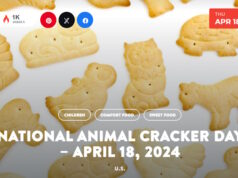
Every March 31st children and adults alike open up a box of crayons and enjoy coloring. What a better way to take part in National Crayon Day?
Wax and chalk based crayons have been used by artists around the world for centuries. Crayola began its life as a company when cousins Edwin Binney and C. Harold Smith took over a pigment business in 1885 that Edwin’s father owned. Edwin Binney created the brightly colored crayons we are familiar with today. He was part owner of Binney & Smith, a company that produced products such as paint, pigments and slate pencils for schools.
In 1903, Binney & Smith created the Crayola Division and produced colored wax crayons for children for the first time. Then in 1904, they presented their An-Du-Septic chalk at the Colombian Exposition in St. Louis winning a gold medal. The chalk was designed to be dustless at many teachers’ requests and was an immediate success.
- A Yale University study once found that the aroma of Crayola crayons is one of the most recognizable scents for adults. It ranked 18th just ahead of coffee and peanut butter. That unique odor is created in large part by stearic acid, which is a derivative of beef tallow—more commonly known as beef fat. The ingredient is used to deliver a waxy consistency.
-
(Image: Crayola.com) The largest crayon in the world, Big Blue, weighs 1500 pounds, is 15 feet long and 16 inches in diameter. It was made from 123,000 old blue crayons that were gathered from kids around the country. It would color an entire football field.
- Crayola makes 3 billion crayon a year, enough to circle the world six times.
- Crayola’s Easton manufacturing plant produces 650 crayons per minute.
- The average child wears down 720 crayons by their 10th birthday.
-
(Image: Jim, Flickr // CC BY 2.0) THE FIRST BOXES WERE SOLD DOOR-TO-DOOR. The first eight-packs of Crayolas in 1903 were sold door-to-door for a nickel. That “Gold Medal” logo on the packaging? That refers to a win at the 1904 World’s Fair in St. Louis for the company’s dustless chalk innovation. Jack Daniel won the same award that year for his booze.
- DURING CRAYOLA’S 100TH ANNIVERSARY IN 2003, FOUNDERS BINNEY & SMITH ASKED CHILDREN TO SEND IN ANY UNWANTED BLUE “LEFTOLAS.” (THE TERM USED TO DESCRIBE LEFTOVER CRAYOLA CRAYONS.) They wanted to created a giant blue crayon and with the help of 123,000 crayons sent in, they were able to create Big Blue, a 1,500 pound crayon that is 15 feet long and has a 16-inch diameter. Crayola fans can go see Big Blue at the Crayola Experience tour in Easton, Pennsylvania — blue was chosen because it’s Crayola’s most popular color.
- ONE OF CRAYOLA’S WORKERS OF 35 YEARS WAS ACTUALLY COLOR-BLIND. Nonetheless, he molded over 1.4 billion crayons for the company and Crayola even asked him to donate his wax-covered work boots to their hall of fame.
- THE AVERAGE CHILD WEARS DOWN 720 CRAYONS BY THEIR TENTH BIRTHDAY.
Sources:














